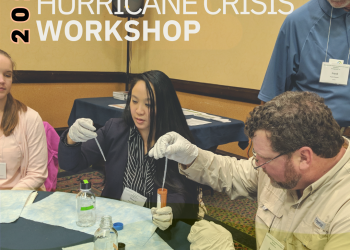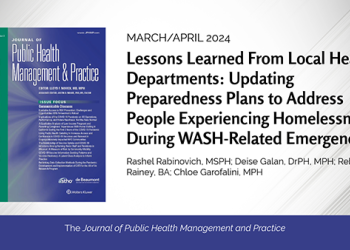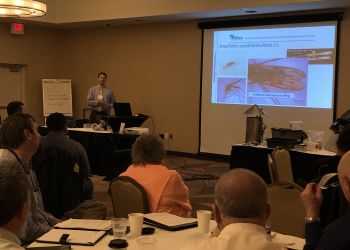This new report is part of the Federal Research Action Plan (FRAP) on Recycled Tire Crumb Used on Playing Fields and Playgrounds, a multi-agency research effort by EPA, the Centers for Disease Control and Prevention/Agency for Toxic Substances and Disease Registry (CDC/ATSDR), and the Consumer Product Safety Commission (CPSC) to characterize the chemicals associated with tire crumb rubber and to identify the ways in which people may be potentially exposed to those chemicals based on their activities on synthetic turf fields.
EPA and CDC/ATSDR conducted the research on tire crumb rubber used at synthetic turf fields and are reporting findings in two parts. CPSC is conducting research on playgrounds and will report results separately. Key points:
- EPA is releasing a new report that addresses exposure (that is, chemicals and how people come in contact with these) to tire crumb rubber on synthetic turf fields. This report is not a risk assessment, nor can the information be used to identify a level above which health effects could occur.
- In general, the findings from the report support the premise that while chemicals are present as expected in the tire crumb rubber, human exposure appears to be limited based on what is released into air or simulated biological fluids.
- Only Part 1 is being released today. Part 2 is to be released at a later date. When combined, Part 1 and Part 2 will not constitute a risk assessment.
- Part 1 of this report presents results of the tire crumb rubber characterization research (i.e. what is in tire crumb rubber).
- The scope of this study was finalized, and the work initiated in 2016 at the request of the Obama Administration.
The Part 1 Tire Crumb Rubber Characterization Research Report summarizes results on a range of chemicals, including metals and organic chemicals, that were found in the tire crumb rubber. Where comparative data are available, concentrations of most metal and organic chemicals found in tire crumb rubber were found to be similar when comparing this study to previous studies. Emissions of many organic chemicals into air were typically found to be below detection limits or test chamber background. Releases of metals into simulated biological fluids were very low (mean bioaccessibility values averaged about 3% in gastric fluid and less than 1% in saliva and sweat plus sebum) when compared to the typical assumption of 100% bioaccessibility. In general, the findings support the premise that while chemicals are present as expected in the tire crumb rubber, human exposure appears to be limited based on what is released into air or simulated biological fluids. All tire crumb rubber samples tested positive for bacteria. This is not surprising, as bacteria are present in soil and on surfaces in our environment. Updated information is available at EPA’s study website, www.epa.gov/tirecrumb.
Part 2, to be released later, will include data to characterize potential human exposures to the chemicals found in the tire crumb rubber material while using synthetic turf fields. Part 2 will be released along with results from a biomonitoring study being conducted by CDC/ATSDR to investigate potential exposure to constituents in tire crumb rubber. These research activities and the resulting findings do not provide an assessment of the risks associated with playing on or contact with the tire crumb rubber used for synthetic turf fields. Instead, these research results should inform future risk assessments.
Click here for more information on the FRAP and to view the report.
EPA and CDC/ATSDR will host a joint public webinar to present findings from the tire crumb rubber characterization research activities on August 6, 2019 from 3:00-4:00 pm ET. Register here.






